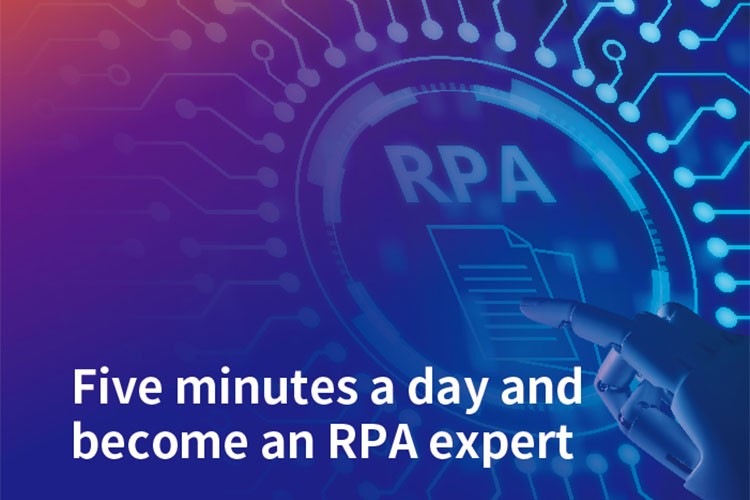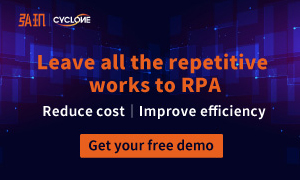Today, government services are facing quite a lot of pain points and challenges such as fewer communication channels, lengthy processes, hard to coordinate, shortage of hands, and low decision quality. Staff at the primary level may have to spend a lot of time on repetitive rule-based work, like filling the form, consolidating the data, inputting the texts among others, which may be subject to human errors, and less efficient. They are usually fully occupied, and cannot better serve the public.
In this context, many government departments have been turning to new technologies where Government RPA has become a major booster for intelligent government services.
Use cases: Government RPA
1. Public-facing Services
Some public-facing staffs in government departments have to carry out a lot of repetitive work every day, where they have to log into the system, recognize the verification code, process data in Excel, verify individuals' identities, and so on, which consumes a lot of time, extending the queuing window. With RPA, some procedural tasks can be completed by the robot with a single click. Users can check the progress of corporate and personal affairs, submit the supplementary materials and provide feedback, and search for any relevant information, which reduces the time to wait in the queue.
2. Approval in government procedures
Government procedures follow very strict approval processes, where a large number of forms, applications, or other documents must be filled in. However, they can be easily handled by the RPA robots, greatly reducing labor costs. With the RPA robots, information can be automatically collected, organized, and approved, eliminating the need to input the data a second time. And it can also integrate the front-end and back-end business processes in government services together.
Advantages: Government RPA
• Government RPA robots can automatically handle highly repetitive and low-value tasks in the business, which is faster and more efficient than human labor. While human workers do not work outside business hours, the Government RPA robots can work around the clock to solve problems all day long.
• Government RPA robots can be easily integrated into existing systems in a non-disruptive manner, without affecting the performance of individual systems, By eliminating the data silos, they can turn themselves into an intermediary data platform. Easier to configure, the Government RPA robots can be put into practice in more scenarios.
• Government RPA robots are safe, efficient, and stable, and can be used with advanced technologies like AI to handle more complex transactions, unleashing the staff's potential, and helping enterprises cut costs and increase efficiency.





